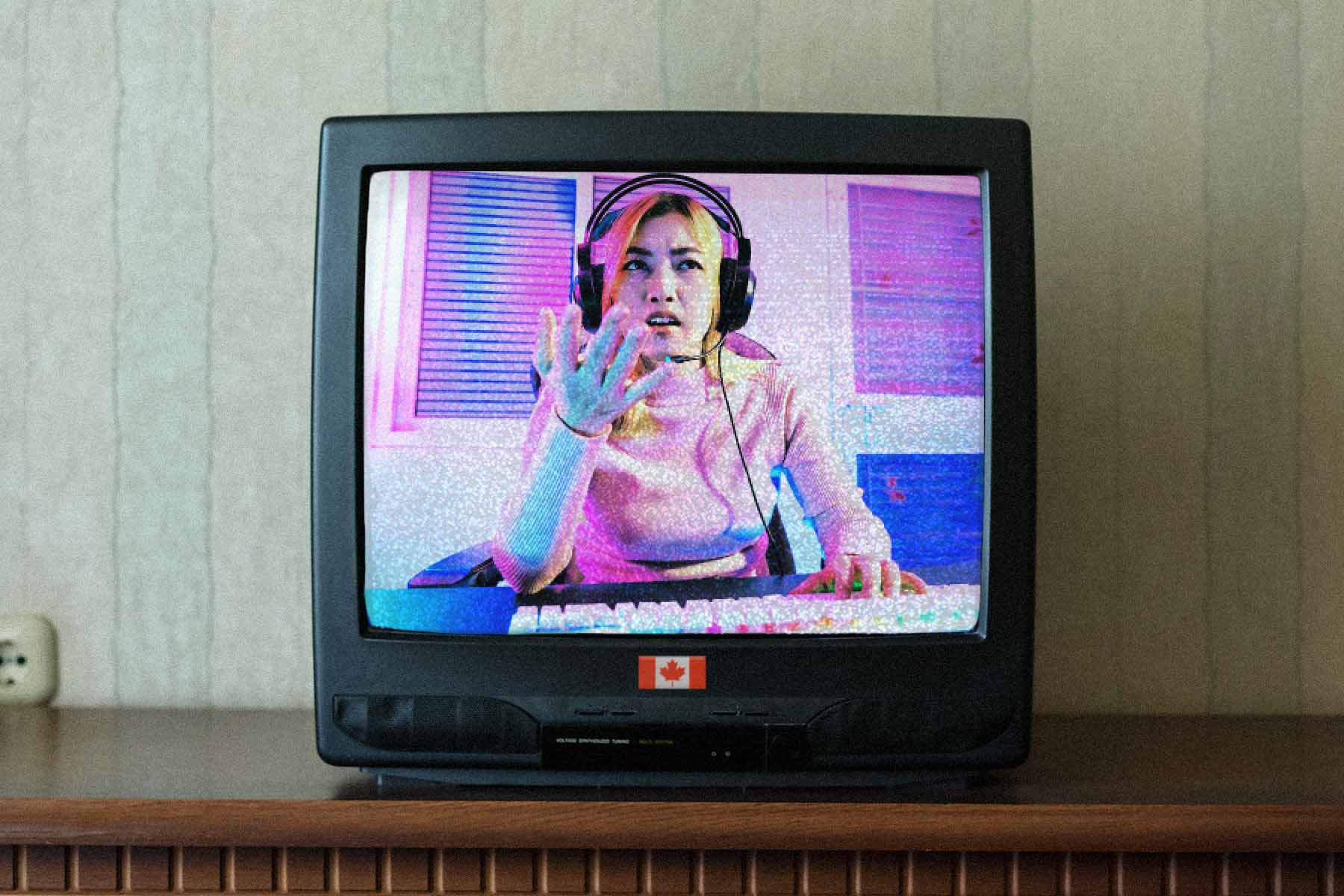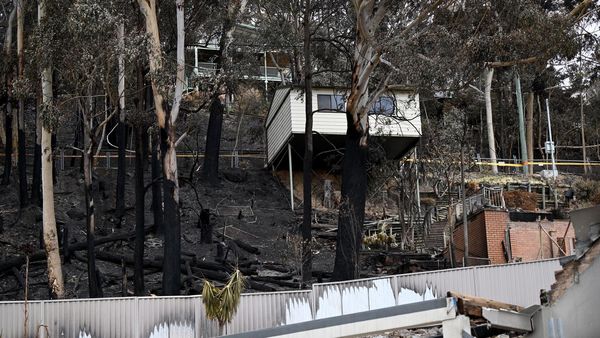
At the end of April, the federal government’s beleaguered Online Streaming Act, also known as Bill C-11, passed the Senate and became law. The bill’s purpose is to subject streaming and social media platforms—a group that includes juggernauts like YouTube, Netflix, Disney+, and Spotify—to regulations akin to those that apply to traditional broadcasters. Under the eye of the Canadian Radio-television and Telecommunications Commission (CRTC), these tech giants will now be obliged to allocate a certain portion of their airtime—and money they earn from doing business in the Canadian market—to Canadian content. The project raises the fraught, familiar question of what belongs in the “CanCon” category as well as the fate of the works that don’t.
For a bill ostensibly meant to protect Canadian creators, the response from those creators suggests a certain failure on the part of legislators. “It is creeping totalitarianism if governments are telling creators what to create,” said Margaret Atwood, who often favours this talking point in response to political developments she disagrees with. Atwood had previously tweeted a link to a speech by senator David Adams Richards—another Canadian writer who opposes the bill and has won most of the country’s major literary awards. In the clip, Richards orates that Canadians have constructed “a prison of self-censorship” while “believing we are a woke society,” making a requisite reference to Joseph Goebbels that, at this point, comes off as its own kind of compelled speech. The gripe is that drawing lines around what is considered sufficiently “Canadian” is tantamount to telling writers what they should produce at all.
While trying to define national identity is indeed a flawed project, the rest of this argument is too overwrought to hold water. People can create whatever they want. The more relevant issue C-11 raises is who that content’s main audience will be. Other artists, whose primary work happens on social media, see the bill not as a threat to their thoughts but to their livelihood. Their objections cluster around a particular subsection—one that empowers the CRTC to consider “the extent to which a program . . . directly or indirectly generates revenues.” While the CRTC has issued a statement asserting that they won’t regulate content made by individual users (like professional YouTubers), the possibility was never written out of the language of the law, and they get to decide how to apply it. In a video titled “I went to Parliament to save Canadian YouTube (Bill C-11),” YouTuber J. J. McCullough narrates his pilgrimage to Ottawa to testify against “a bill [digital creators] did not ask for, do not need, and [that] threatens the success we’ve already achieved.” An unregulated YouTube, he explains in his statement to Parliament, has been a boon to Canadian creators, who have found a wide international audience. These artists have had a taste of American-sized success—the intoxicant of surfing an algorithm driven by meritocracy and desire—and aren’t keen to stuff themselves back into their little Canadian holes. Their fear is that under CRTC mandates, platforms will be obliged to boost content to a (smaller) domestic audience because the content is Canadian rather than because it’s what audiences want and that this in turn could affect how creators profit from their work.
Nobody seems happy. The way the issue splits along political lines feels so incoherent, it’s almost arbitrary: a Liberal government has made into law a bill that trumpets nation making—at its core, a conservative project (even if you slick it with the language of diversity)—but Conservatives opposed the bill, and right-wing thinkers are having a field day trotting out Republican talking points. The artists the bill is most likely to harm have called it a Trojan Horse for nationalism; the old guard whose careers were built on the bedrock of nationalism are the bill’s loudest critics. Even Atwood, who literally wrote the book on how “a country needs to hear its own voices, if it is to become or to remain an aware society and a functioning democracy”—1972’s Survival—doesn’t like it. The profound mismatch between C-11’s nominal purpose and its potential effects raises the question: Who is this legislation actually for? The objective—supporting domestic talent—is admirable in the abstract. But you can’t keep cutting off your talent’s audience and calling it favour.
Canada harbours a long, often tiresome, history of trying to codify Canadian identity, especially in the cultural sector. Everyone has taken a stab at articulating first principles, from Northrop Frye’s “garrison mentality” to Molson’s “I Am Canadian” ad campaign. You can count on one hand the persistent signifiers of Canadiana that have arisen, regardless of their truth value, alongside these efforts: apologetic, friendly, tolerant of diversity, not like America. Government policy has legitimized these anxieties for nearly a century, including by way of the Broadcasting Act of 1968. The aim was (and still is) to “safeguard, enrich and strengthen the cultural, political, social and economic fabric of Canada” from the encroaching power of its southern neighbour by mandating a certain percentage of homegrown TV and radio. From the act’s inception, protecting Canadian creators, codifying Canadian identity, and holding back the US were priorities deemed equal and at odds (perhaps an unlikely triad into which to introduce “regulating tech companies” fifty-five years later).
Much has been made of the byzantine tests that the CRTC uses to make sure a portion of its content is sufficiently Canadian. There’s the MAPL system (music, artist, performance, and lyrics) for determining what makes a Canadian song. There’s the points system for film and TV that tallies up the national origins of cast and crew members. (Notably, none of these tests has any bearing on content—the “lyrics” criterion assesses whether they were written by a Canadian, not whether they’re about subjects the government has deemed appropriately Canadian.) From an economic perspective, these tests make a kind of sense. Things get hazy when you harness the tests, as the CRTC does, to the belief that whatever ensues “meets the needs and interests of Canadians.” Just because content has been made by (and will be shown to) Canadians, there’s no automatic correlation between those origins and the idea that it reflects this country’s “attitudes, opinions, ideas, values, and artistic creativity.” What even are those?
Lest this all start to sound a bit Orwellian, recall that these are regulations for broadcasters, not creators, who can (and perhaps should) spend entire careers without paying them any mind. You don’t get pilloried if you fail the MAPL test. Sure, your record may get fewer spins on local radio, but you also might get a bigger paycheque. Broadcasters still need to make their quotas, though—a fact that gives rise to a common critique of Canadian content rules: that they breed mediocrity by giving a lift to careers that might not, if graded on talent alone, actually deserve it. Bryan Adams said as much during a 1992 press conference after his song “(Everything I Do) I Do It for You” failed the MAPL test for having been recorded in Britain and co-written by a non-Canadian. A 2017 article from The Ringer put an even finer point on it, arguing that CanCon quotas have “coerce[d] the Canadian public into accepting middling, stale, ill-conceived, utterly bizarre, and/or just plain terrible records as genuine hits.” Is b4-4’s “Get Down”—a tinny, twinkly, frosted-tips ode to reciprocal oral sex that was on radios everywhere in 2000—content that “serves the interests and needs of Canadians”? Is the national tolerance of diversity so capacious that it includes “diversity of talent”?
The questions at the core of these debates—How does a country tell the story of itself? How can it best support the artists who contribute to it?—are crucial ones. But the ends are wildly out of step with the means. The problems with C-11 are not censorship or thought control or secret government algorithms; as before, artists can tell stories about whatever beautiful losers and stone angels and edible women they like. But harnessing cultural production to a nationalist vanity project has mostly done Canadian talent more harm than good. Ultimately, the symbolic message being sent to homegrown artists is the same one that’s been broadcast for decades: flirt with global success and you might get disowned.







